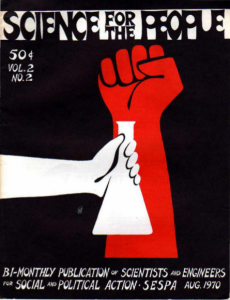
In the 15th century Leonardo da Vinci refused to publish plans for a submarine, because he anticipated that it would be used as a weapon. In the 17th century, for similar reasons, Boyle kept secret a poison he had developed. In 1946 Leo Szilard, who had been one of the key developers of the atomic bomb, quit physics in disillusionment over the ways in which the government had used his work. By and large this kind of resistance on the part of scientists to the misuse of their research has been very sporadic, from isolated individuals, and generally in opposition only to particular, unusually repugnant projects. As such it has been ineffective. If scientists want to help prevent socially destructive applications of science, they must forego acting in an ad hoc or purely moralistic fashion and begin to respond collectively from the vantage point of a political and economic analysis of their work. This analysis must be firmly anchored in an understanding of the American corporate state.
We will argue below that science is inevitably political, and in the context of contemporary American corporate capitalism, that it contributes greatly to the exploitation and oppression of most of the people both in this country and abroad. We will call for a re-orientation of scientific work and will suggest ways in which scientific workers can re-direct their research to further meaningful social change.
Extrait de Toward A Science for the People, Bill Zimmerman, Len Radinsky, Mel Rothenberg and Bart Meyers, 1972.
Beneath the white coat: the radical science movement, Alice Bell, Political Science blog, hosted by the Guardian, 2013-07-18.
A Partial Archive of Science for the People (Anciens numéros, manifestes, etc).